June 8, 2025 | 00:30 GMT +7
June 8, 2025 | 00:30 GMT +7
Hotline: 0913.378.918
June 8, 2025 | 00:30 GMT +7
Hotline: 0913.378.918
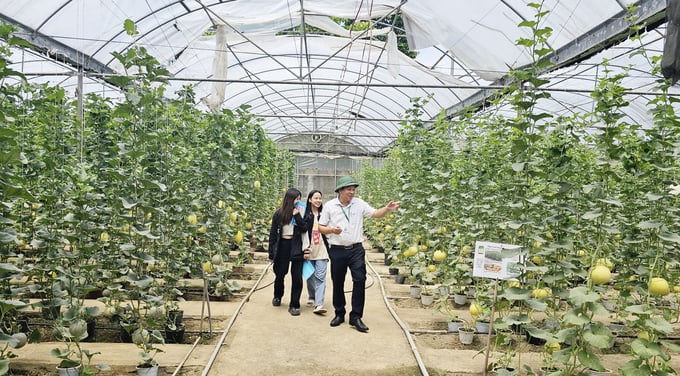
Experimental garden of University of Agriculture and Forestry, Hue University. Photo: Tam Phung.
The University of Agriculture and Forestry (Hue University) is considered “the cradle of training” which provides high quality human resources for the development of agriculture and rural areas particularly in the Central and Western Highlands provinces. Having 22 undergraduate majors, the Hue University of Agriculture and Forestry in the "golden age" recruited more than 2,380 students, but since then, the number of students recruited every year has been decreasing.
In the 2018 - 2022 period, the school was able to recruit 750 - 1,000 students, reaching 40% of the expected target. Some of the university’s majors only had 10 - 20 students per year. Dr. Tran Thanh Duc, Rector of Hue University of Agriculture and Forestry, expressed his concerns: “The decrease in enrollment greatly affects the implementation of the university's development strategy and the implementation of policies and procedures for officials and employees. At the macro level, this will certainly result in a serious shortage of high-quality human resources in service of agricultural and rural development in the whole country”.
Contrary to the decline in the number of students, there is more and more demand for human resources, especially high-quality human resources in the fields of agriculture, forestry and fishery in the central provinces in recent years. Most businesses have reported that there is always a severe shortage of university-level human resources.
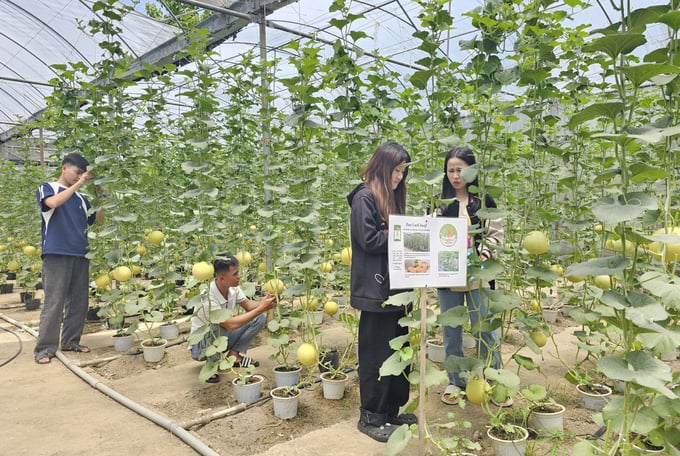
Students of Hue University of Agriculture and Forestry during practice hours. Photo: Tam Phung.
According to Hue University of Agriculture and Forestry, every year from 2018 to 2023, businesses have placed many orders through the school in search of 2,200 - 3,000 engineers and veterinarians, but the number of graduates from Hue University of Agriculture and Forestry is only 1,500 - 2,000, only 2/3 of the recruitment demand.
“Every year we have approximately 1,000 graduates, so we only meet a small portion of the recruitment demands. Many businesses have booked jobs for students after graduation. Many businesses when recruiting laborers even ensured the minimum starting salary for graduates to be 7 - 8 million VND/month. It can be seen that students of the University can get jobs and relatively good incomes after graduation, but enrollment remains a very difficult story even when the school has implemented many solutions to attract students,” said Dr. Tran Thanh Duc.
Students can get jobs immediately after graduation
In the large net house, many students were still studying and working, unbothered by the hot sun at peak noon. Ho Nguyet Nga (second year student, Faculty of Agriculture) said that they are implementing a cantaloupe growing model, currently entering the harvesting stages. The fully grown cantaloupes are of high standards, and the model gives a very good yield.
"This is an experimental program in the learning process. We both study and practice according to our majors. After graduating from school, we can immediately start working without being surprised anymore,” Nga said.
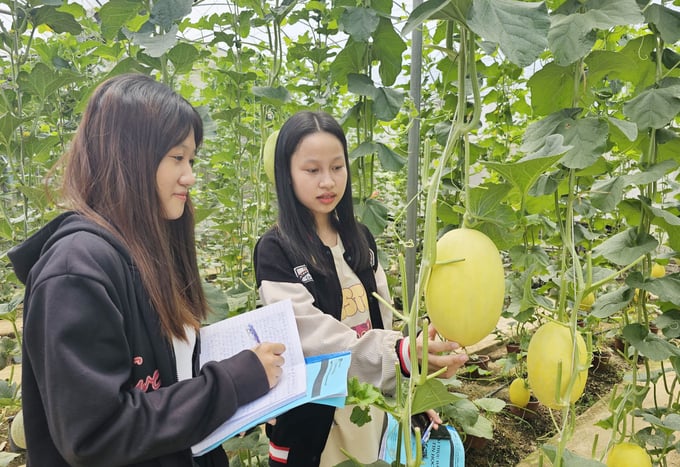
Good practice hours will prepare students with essential knowledge to apply to work after graduation. Photo: Tam Phung.
While others were observing and recording data on the growth and development of cantaloupe, in a corner near the door, Nguyen Dang Lan carried a backpack, diligently observing and lightly flicking small pieces of soil on the nursery trays.
He is a third year student, majoring in Plant Protection. Lan is following the topic of nursery zucchini, pumpkin, yellow squash and monitoring the development and disease resistance of these plants. Lan is currently participating in some other topics with his group of friends to gain more practical knowledge outside the lecture hall. “When I graduate, I can start working in seed and plant protection businesses. Even if I don't work for agencies or businesses, I'm confident enough to find my own way," he said.
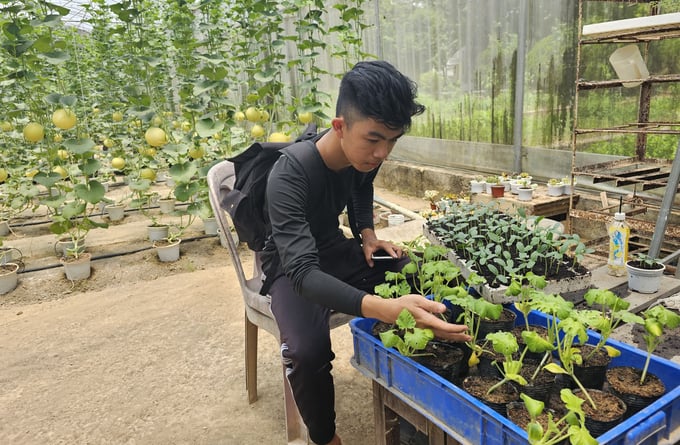
Nguyen Dang Lan (Faculty of Plant Protection, Hue University of Agriculture and Forestry) with his model. Photo: Tam Phung.
According to calculations by the Ministry of Agriculture and Rural Development, by 2025 Vietnam will need approximately 10,000 agricultural managers, 80,000 staff of agricultural cooperatives, 100,000 trained farmers, and 60,000 people doing technical services, production and trading of agro-inputs.
“The increasing demand for high-quality human resources for the agricultural sector of our country in contrast is one of the reasons leading to a significant shortage of human resources in the field of agriculture, forestry and fishery at present, and it would get worse in the next 5 - 10 years if there are no timely and sustainable solutions”.
Recognizing the problem, but looking back at the situation of Hue University of Agriculture and Forestry, Dr. Tran Thanh said that the university was still in a tough spot, unable to find a better solution to effectively attract students to the path of agricultural studies.
Translated by Samuel Pham
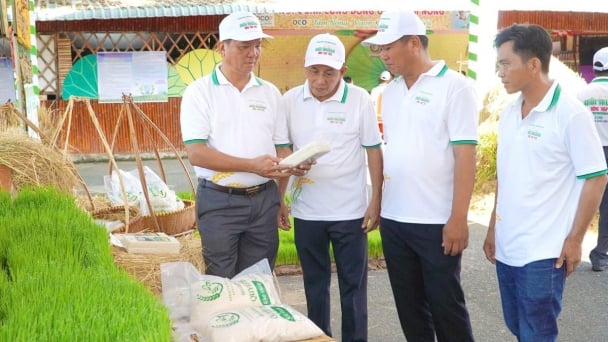
(VAN) Dong Thap has launched a meeting in response to the Action Month for the Environment under the theme 'Live Green - Join Hands for a Green Economy' at Tram Chim National Park.
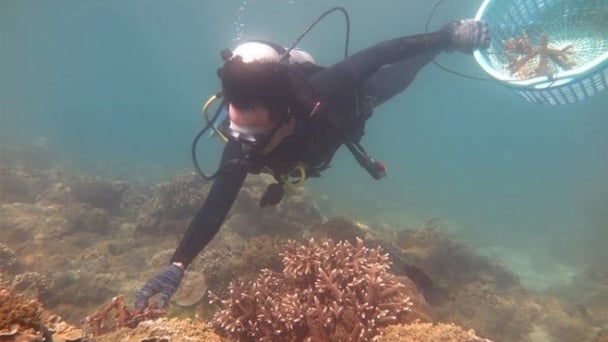
(VAN) The ocean has the capacity to absorb millions of tons of carbon, provided that mangrove forests, coral reefs, and biodiversity are protected.
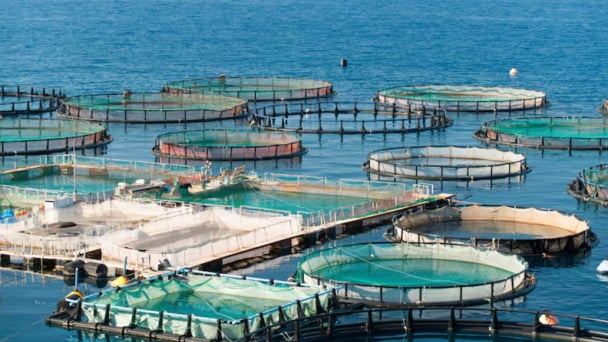
(VAN) Technology is redrawing the map of Vietnamese aquaculture: more modern, greener, and more sustainable.
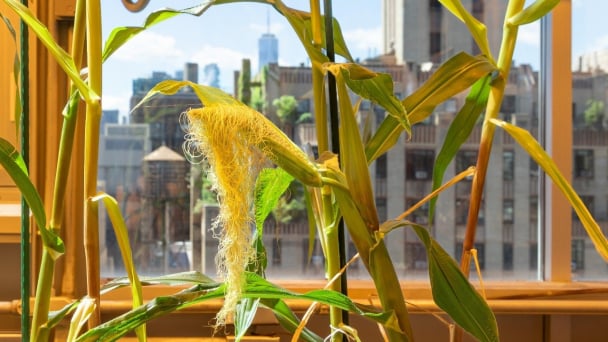
(VAN) Novel process harnesses machine learning to reveal groups of genes that determine how efficiently plants use nitrogen.

(VAN) Several scientists and farmers are experimenting with soil treatment in some key durian-growing regions such as Cai Lay (Tien Giang), Dak Song, Gia Nghia, and Dak R’lap (Dak Nong).
/2025/05/25/4127-3-073637_820.jpg)
(VAN) Thanks to the promotion from an FAO-implemented project, vegetable production in greenhouses in Moc Chau has seen strong development, from 1.5 hectares in 2021 to nearly 50 hectares in 2024.

(VAN) FAO has recently supported USD 140,000 to implement the project 'Risk mitigation human-animal interface risks through disease control initiatives in pig farming.'